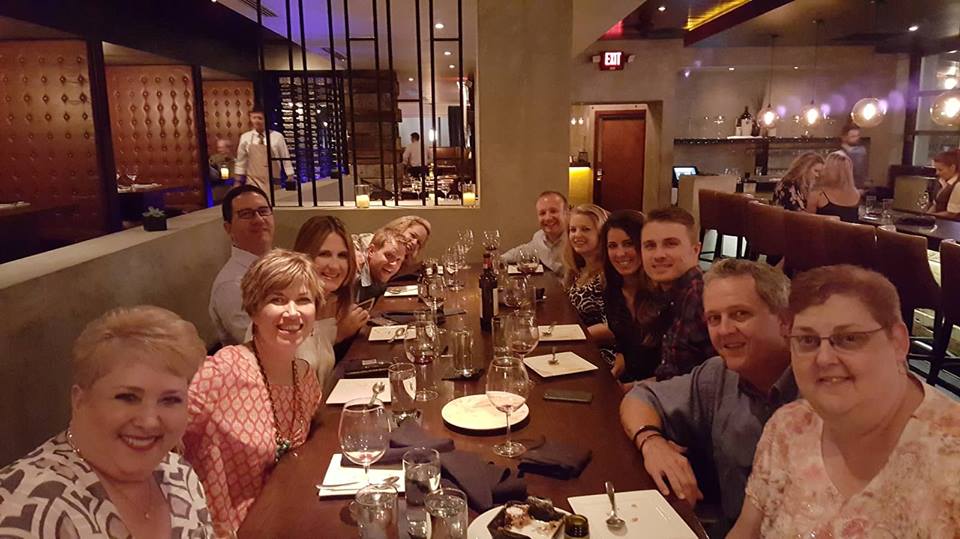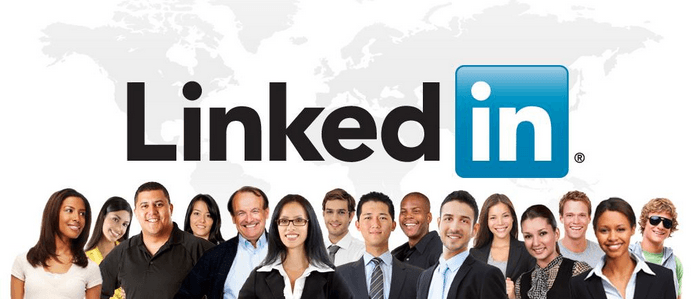 The Flash Memory Summit is the only place where you will hear the people making these products happen! Network with companies and people that will create the next generation of hardware and software. The main companies who participated in the Flash Memory Summit include: SK Hynix, Seagate, Sandisk, HP, PMC-Sierra, NetApp, Toshiba, Violin Memory, and Cadence.
The Flash Memory Summit is the only place where you will hear the people making these products happen! Network with companies and people that will create the next generation of hardware and software. The main companies who participated in the Flash Memory Summit include: SK Hynix, Seagate, Sandisk, HP, PMC-Sierra, NetApp, Toshiba, Violin Memory, and Cadence.
Last week, Fidelis Companies’ Engineering Practice Lead, James Roberts and Engineering Recruiter, Mary Helen Corrigan, attended this conference in California, where over 6,500 attendees and 100 exhibitors were in attendance, proving that memory and storage markets are booming. The most notable “buzz” the Fidelis team heard at the educational conference was regarding Micron’s new X-Point Memory. Link to the exciting new technology and check it out: https://www.micron.com/about/innovations/3d-xpoint-technology
The conference covered a variety of topics and sessions:
- Half-day seminars on: error-correcting codes, PCI Express, NVMe, and SSDs introductions
- Full day forums on: flash memory-based architectures, NVMe and PCIe SSDs, and controllers
- Half-day forums on enterprise SSDs, enterprise caching, enterprise applications, PCIe power budgets, virtualization, client caching, data centers, and PCIe storage
There were at least six major companies with exhibits that are target companies where we find/recruit ASIC, FW, Applications & Technical Marketing talent for our engineering team’s best customer. We attended the conference to find new engineering talent and to explore new business. There were many companies that were new to us, which isn’t surprising since we worked our first search assignments for storage-related development a little over a year ago. Our goal is take advantage of the new technologies and add memory related searches to our offerings.
Most of their time at the conference was spent checking out different companies and technologies, gathering personal info on people to call back upon their return to the office, and networking around the exhibit hall.
Reflecting back on the conference, they have numerous takeaways:
- Retrieved around 150 names of engineers and technical marketing professionals from target companies for future networking
- Learned more about the storage and memory technologies and markets (i.e. XPoint)
- Met people in person that they’ve known over the phone for years, and started building new relationships





